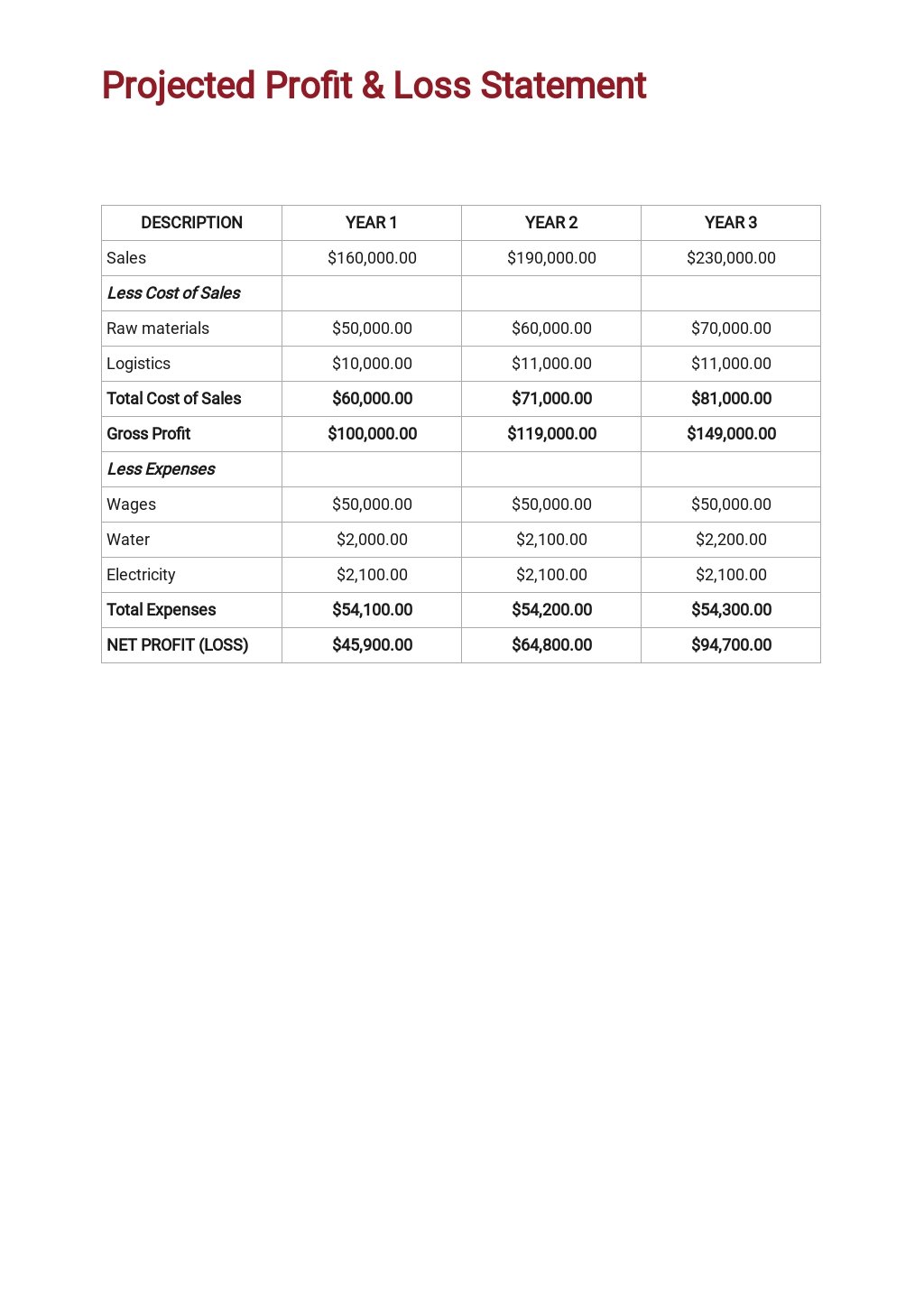
monitor actual performances and compare them with the standards established in the budget.evaluate different scenarios and courses of action to achieve desired profit levels.plan for future cash events to avoid shortfalls.be aware of how revenues, expenses, and cash flow interact in a restaurant.involve those responsible for future performance in the forecasting process.conduct a critical review and learn from past performance.As such, the budget is a tool supporting managerial decisions regarding resource allocation in order to achieve the goals of the organization. The budget serves as a benchmark against which actual results are measured. The budget also defines the operational and financial limits of the operation. It provides a basis for continuously monitoring the operational and financial conditions and trends of an entity. The budget functions as a plan materializing what a business expects to achieve during the stated period.Ī budget details the operational direction and the anticipated financial results of an operation.


In the case of businesses, this is typically on a monthly, yearly and multi-year basis. In its simplest form, a budget is a projection of anticipated revenues and expenses over a specific period of time. This chapter will explore developing and analyzing the budget. Budgeting and Cost-Volume-Profit (Breakeven) analysis are two main tools available to food service managers when planning for profit.


 0 kommentar(er)
0 kommentar(er)
